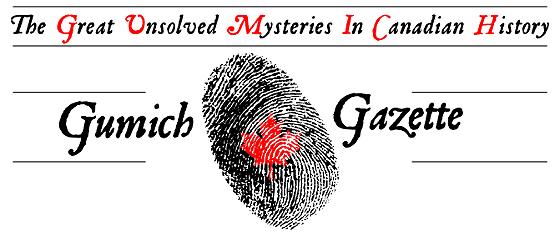Grade school:
- Lydia’s Dabcovich’s The Polar Bear Son: An Inuit Tale,
- Forrest Carter’s The Education of Little Tree,
High school:
- Joseph Boyden’s Three Day Road,
- Guy St. Denis’ Tecumseh’s Bones,
- J.R Miller’s Skyscrapers Hide the Heavens: A History of Indian-White Relations in Canada, 4th edition,
- Waiser and Stonechild’s Loyal Till Death: Indians and the North-West Rebellion,
- Timothy C. Winegard’s For King and Kanata: Canadian Indians and the First World War,
- Charles C. Mann’s 1491: New Revelations of the Americas before Columbus and 1493: Uncovering the New World Columbus Created,
- Thomas King’s The inconvenient Indian: A Curious Account of Native People in North America.






